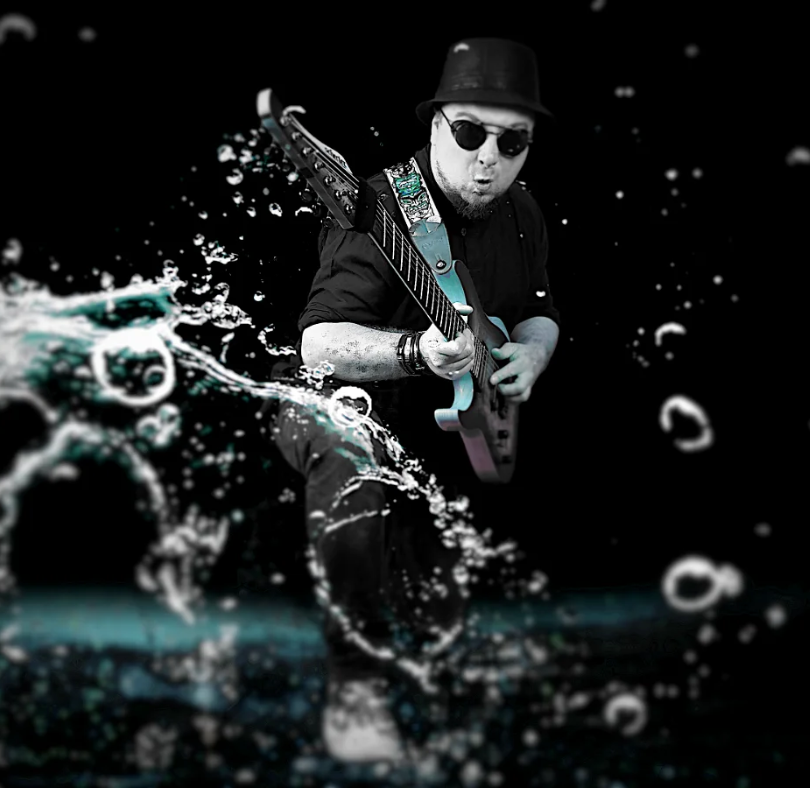
Maximizing Headroom in Your Mixes

Albert S
Composer | Producer | Pianist | Guitarist
What is headroom?
Well, take humans as an example. When we walk or run we kind of bob up and down, so we don’t want our head to constantly bang into a ceiling. If we had to move around all the time with our knees bent and backs at an angle it wouldn’t be very comfortable would it?
The same is true for sound waves, they need space to move around in order for us to hear them clearly. When a wave ‘bobs up and down’, it’s called amplitude. If we impose a hard ceiling on a wave we restrict its potential amplitude. Put this ceiling on many sounds at once (i.e. a song) and nothing can jump higher than anything else. The result? A mush….quite literally. You’ll have a mush of sound and won’t be able to decipher anything with any great clarity.


Our waves need space to jump out to our ears, both in volume and frequency….. they need headroom.


Let’s lead with an example:
Say we’ve recorded a little band: drums, bass, piano, and vocal. For simplicity, there’s one track of each. We import the stems into a DAW and all channels are set by default to 0.0dB.
The bass and piano, who are playing softly, evenly and consistently; sound okay when played together. Now, we unmute the drums and vocals and are horrified to discover that the former sounds like a load of bins, and the latter cannot be understood at all. What’s happening then? Everything is fighting for space, the mix is distorting…..we’ve hit that horrible ceiling.
Let’s now consider the nature of the two elements we’ve just added. Our drums are very dynamic. Each hit rises and falls quickly, but isn’t currently being given space to do so. Equally, the vocals need sounds like ’t’, ‘ck’, ‘p’, ‘g’, ‘b’, ‘d’, to be able to jump through the mix to define their diction.
It is evident that the mix was already full with just the piano and bass parts. We need to fix that.
So how do we achieve a good amount of headroom in a mix?
Look at your master channel strip during playback. This should be peaking (not averaging) at somewhere between -6dB to -8dB:

Now this doesn’t mean to say you simply turn the master fader down; this will just lower that horrible ceiling we were talking about and put your waves crawling on their hands and knees.
We need that master output to be set to 0.0dB, and for each individual channel to be turned down to a level where the total output is peaking at the desired -6dB to -8dB. Usually just getting into the yellow on the meter. That’s a really nice place to be. As a rule I leave more headroom (-8dB or less) for mixes like soundscapes, orchestras etc; and use a hotter mix (towards -6dB) for mixes with fewer tracks or acoustic music. Why? Mixes with a lot of elements are more prone to suffer from an effect called masking. I’ll talk about this in another series but please do look it up as it will help you further.
“I want my mix to be loud though!” I hear you say. This will come with mastering. If your mix is breathing nicely, give it to a mastering engineer or run it through a mastering service and they will get it to a commercial volume. Do not worry. Check out blog 6 in this series: Mastering Debunked for more.
About PIVODIO™ Coach Albert S.
Albert S. is a composer, producer, pianist, and guitar player based in St Albans, UK. He began playing the piano at the age of five and picked up the guitar when he was 11.
In addition to performing live, he is currently composing music for synchronization projects such as advert jingles and is preparing for his first film score in Autumn 2023. His client portfolio to date includes Once Upon a Time Agency, Altitude Film Studios, Monkey Shoulder Whisky, and BrambleTyne Games.
His skills encompass composition, writing, arranging, mixing and production, mastering preparation, improvisation on piano and guitar, advanced guitar techniques, and providing guitar tone ideas.